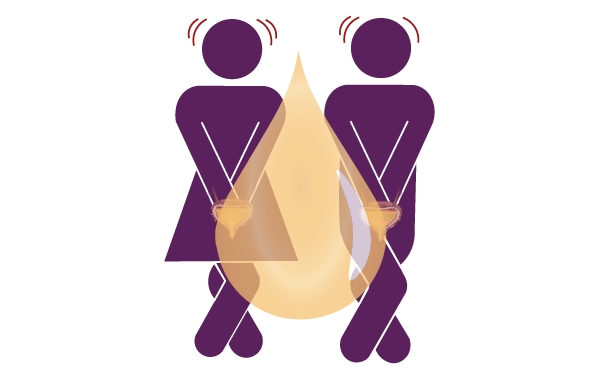

- #Define lut generator
- #Define lut full
- #Define lut series
A LUT can be scientifically precise (such as moving from the sRGB color space to the DCI P3 Color Space).
#Define lut generator
Updated: Janu– updated ARRI LUT generator text and linkĪ Look-Up Table (LUT) is mathematically precise way of taking specific RGB image values form a source image – and modifying them to new RGB values by changing the hue, saturation and brightness values of that source image. Color Correcting With LUTs: One Approach.
#Define lut series
Terminal dribble is the most common voiding symptom in men (1 in 7) 2.Tutorials / Color Correcting With LUTs: One Approach / What is a LUT (and how do you use a LUT for color correction)? Series Storage symptoms are twice as common as voiding symptoms in men, with nocturia (almost 1 in 2 men) and urgency (1 in 10 men) the most common 2. Post-micturition urgency: the feeling of an urgent need to urinate after completing urination.Post-voiding incontinence: involuntary passage of urine (including dribbling) after completing urination.Need for double voiding: feeling a need to urinate soon after completing urination.Incomplete bladder emptying: a feeling that the bladder isn’t empty after urinating.Chronic urinary retention: ongoing or repeated inability to empty the bladder despite the passage of small volumes of urine.
#Define lut full
Acute urinary retention: rapid onset discomfort or pain from a full bladder due to an inability to pass urine despite persistent effort. Chyluria: the passage of chyle (milky fluid) during urination. Fecaluria: the passage of faeces via the urethra during urination. Pneumaturia: passage of gas or air during or after urination. Stranguria: difficult, slow, spasmodic (sometimes drop by drop) painful urination. Position-dependent voiding: the need to be in a particular position (e.g. Spraying or spitting of the urinary stream (rather than a single stream). Terminal dribbling: slowing of the urine stream to a dribble towards the end of urinating. Intermittency: urine flow that stops and starts. Slow urinary stream: a slower-than-normal urinary stream. Straining to void: needing to make great effort to start or maintain urination. Episodic inability to void: occasional inability to start urinating. Paruresis: difficulty urinating in the presence of others but no difficulty when alone. Hesitancy: a delay in beginning to urinate when you’re ready. Climacturia: involuntary loss of urine during orgasm. Sexual arousal incontinence: involuntary loss of urine during sexual arousal or sexual activity. Overflow incontinence: loss of urine associated with a sensation of an overly full bladder. Disability associated incontinence: involuntary loss of urine because of inability to reach the toilet in time due to limited physical and/or mental ability. when moving from a sitting to standing position) Postural urinary incontinence: loss of urine when changing posture or body position (e.g. Insensible urinary incontinence: awareness of loss of urine but not how or when it occurred. Continuous urinary incontinence: continuous involuntary loss of urine. Enuresis: non-continuous loss of urine during sleep. Mixed urinary incontinence: both urgency and stress urinary incontinence. Stress urinary incontinence: involuntary loss of urine during effort, exertion, coughing or sneezing. Urgency urine incontinence: involuntary loss of urine that occurs with a feeling of urgency. Urinary incontinence: involuntary loss of urine. Non-specific bladder-filling sensation: abnormal bladder-filling sensation that might feel like bloating or cause nausea, vomiting or feeling faint. Absent bladder-filling sensation: the absence of the feeling of a full bladder or need to pass urine. Reduced bladder-filling sensation: the feeling of having a full bladder occurs more slowly or is weaker than normal. Urgency: the sudden need to pass urine, which is hard to put off. Increased bladder-filling sensation: the feeling of having a full bladder occurs more quickly or is stronger than normal. Polyuria: passing larger volumes of urine than normal. Nocturia (increased night-time frequency). Increased frequency: needing to urinate more often than normal. LUTS are grouped into two categories: storage symptoms and voiding symptoms 1.





 0 kommentar(er)
0 kommentar(er)
